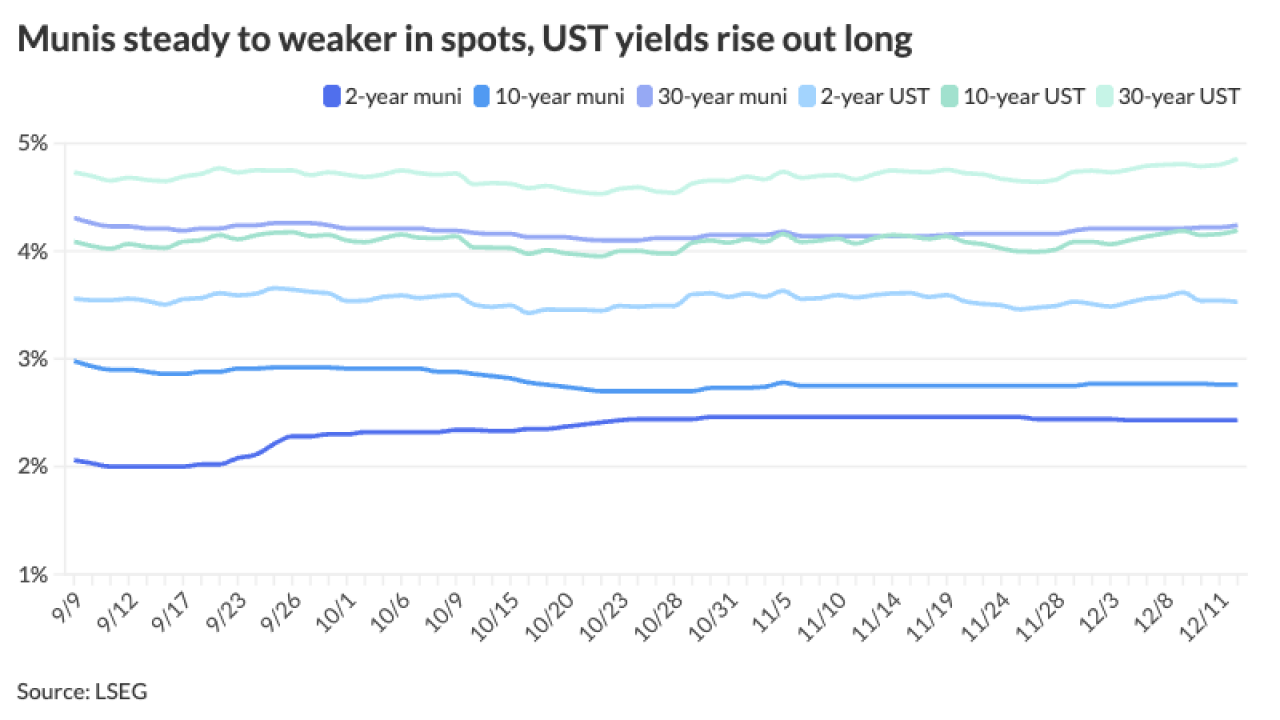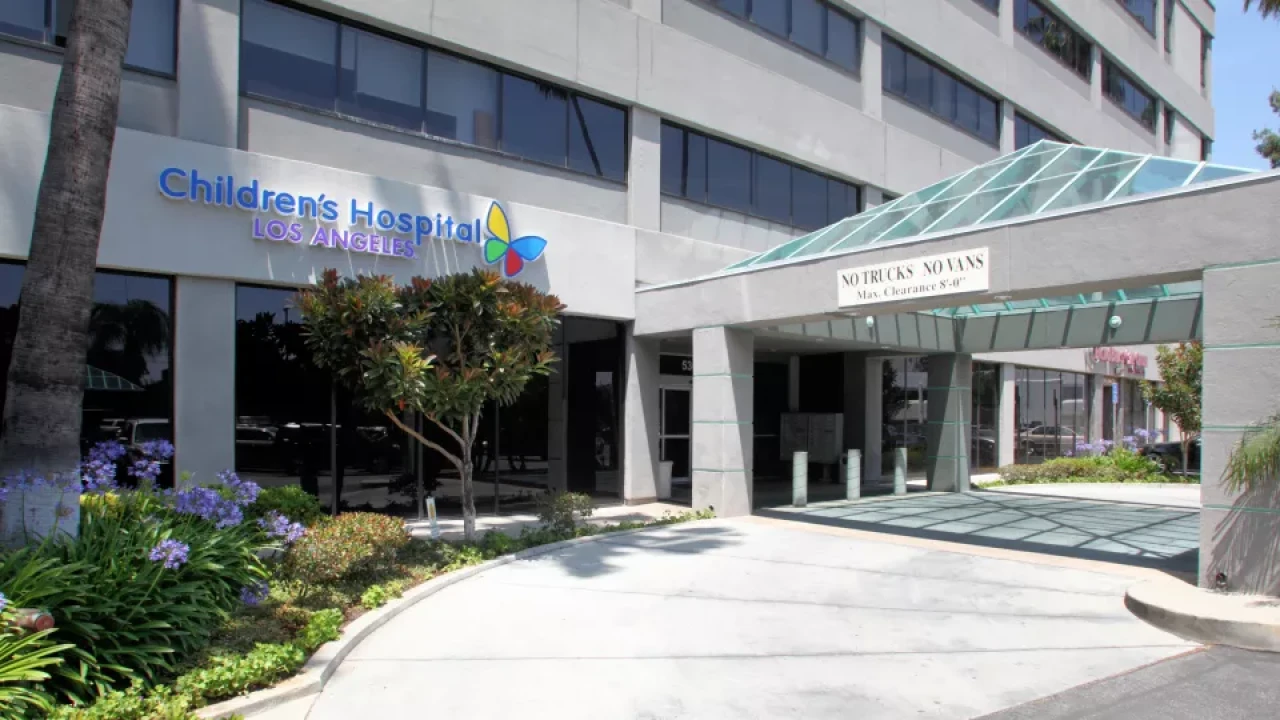Some influential advocacy groups and think tanks are questioning whether the proposed $350 billion in federal aid to states and localities Congress is considering should be scaled back or refocused.
The House is expected to approve a $1.9 trillion package of COVID-19 emergency aid this week that is expected to also pass the Senate by March 14. But doubts about the necessity and the focus of aid for state and local governments appears to be mounting.
The bipartisan Committee for a Responsible Federal Budget said Monday that the $350 billion for state and local governments “appears to be excessive” noting that "many states" now expect budget surpluses or are experiencing strong revenue gains. Others are "experiencing fewer losses than expected.”

Economists at the right-leaning American Enterprise Institute, another Washington think tank, have estimated that the aggregate revenue losses among states and local governments will be around $130 billion between the second quarter of 2020 and the second quarter of this year.
“That’s nowhere near what people expected last year,” said AEI Resident Scholar Stan Veuger. “Revenue losses are pretty limited.”
Veuger said previous emergency spending bills have already provided enough funding although some additional aid could be justified. “Maybe $100 billion or $200 billion seems reasonable,” he said.
The U.S. Chamber of Commerce, among the largest lobbying groups in Washington, is supporting the $350 billion in direct aid to state and local governments. But a senior official there has suggested refining the distribution formula.
Neil Bradley, vice president and chief policy officer for the Chamber, told members of the National Association of State Treasurers earlier this week the money should go where the need is the greatest.
States and the District of Columbia would receive $195.3 billion or 60% of the $350 billion while local governments would get $130.2 billion, or the remaining 40%.
Each state is guaranteed a minimum allocation of $500 million with the remaining $169 billion based on the state share of total unemployed workers.
The $130.2 billion for local governments would be divided evenly between cities and counties.
The share for counties would be based on population while the share for cities would be divided two ways. The Community Development Block Grant formula would be used to distribute $45.57 billion for municipalities with populations of at least 50,000. The remaining $19.53 billion would go for municipalities with populations of less than 50,000.
“That's the formula that Congress is comfortable with,” Bradley said. “It's not a formula that matches where the needs are right now, based on the pandemic.”
Bradley said the hardest hit states generally are those with economies heavily reliant on tourism or the oil and gas industry.
Five states -- Florida, Texas, Oregon, Alaska, and Hawaii -- had revenue losses of more than 9% from the onset of stay-at-home orders in March through the end of December, according to the State and Local Finance Initiative of the Urban Institute.
Some states had revenue gains or smaller than expected declines over the same period, the Urban Institute initiative found. On average state revenues declined by 1.8% over that period.
But state and local government groups have countered that analyses that solely focus on revenues miss the expense side of their budgets, which suddenly and unexpectedly rose because of the pandemic.
Additional public spending has been needed for county coroners to ambulance squads and the public health officials who are running testing and vaccination clinics.
“COVID-19 response costs are outpacing revenues,” said Teryn Zmuda, chief economist of the National Association of Counties. “The nation’s local governments, including the 3,069 counties have taken the lead on the local response to the pandemic.”
Senate Majority Leader Chuck Schumer, D-N.Y., said Tuesday there’s an agreement among “mayors, governors, and economists from across the political spectrum” that a sizable federal effort is needed.
“Treasury Secretary Yellen told us that the smartest thing we can do is act big,” said Schumer.
The Committee for a Responsible Federal Budget pointed out that the new federal aid package will include over $500 billion in money for state and local governments. They list $130 billion for public schools, $30 billion for transit aid, and $350 billion in direct aid to state and local governments as part of the total.
“We suggest policymakers reduce total aid to roughly $200 billion by shrinking direct aid to $100 billion and aid to public schools to $70 billion,” the bipartisan group said.
The National League of Cities is “very much opposed to any scaling back” of federal aid, according to Michael Wallace, NLC’s legislative director for housing & community and economic development.
“We track at least 6,000 cities that still have not received any amount of federal aid,” said Wallace. “The CARES Act Coronavirus Relief Fund just sent funding to the 36 largest cities and left it up to the states to decide how much and if they wanted to share with localities. And the political situation in each state meant there were lots of potential outcomes.”
Thousands of municipal governments, as a result, were left out of receiving any federal aid. This pending legislation is the only bill that would provide direct federal aid to all of the nation’s local governments.
The bill also sets no deadline for communities to spend their federal aid, allowing cities, counties, towns, and villages a buffer to deal with eventual drops in property values because of office vacancies or other lagging effects of the pandemic.
“It’s going to take multiple years to dig out of this decline,” said Wallace.
The legislation also may be the sole bill that passes Congress with emergency aid to local governments.
Quantifying revenue losses at the local level among 19,000 municipal governments is more difficult than at the state level and Washington think tanks don’t have much data on that, Wallace said.





